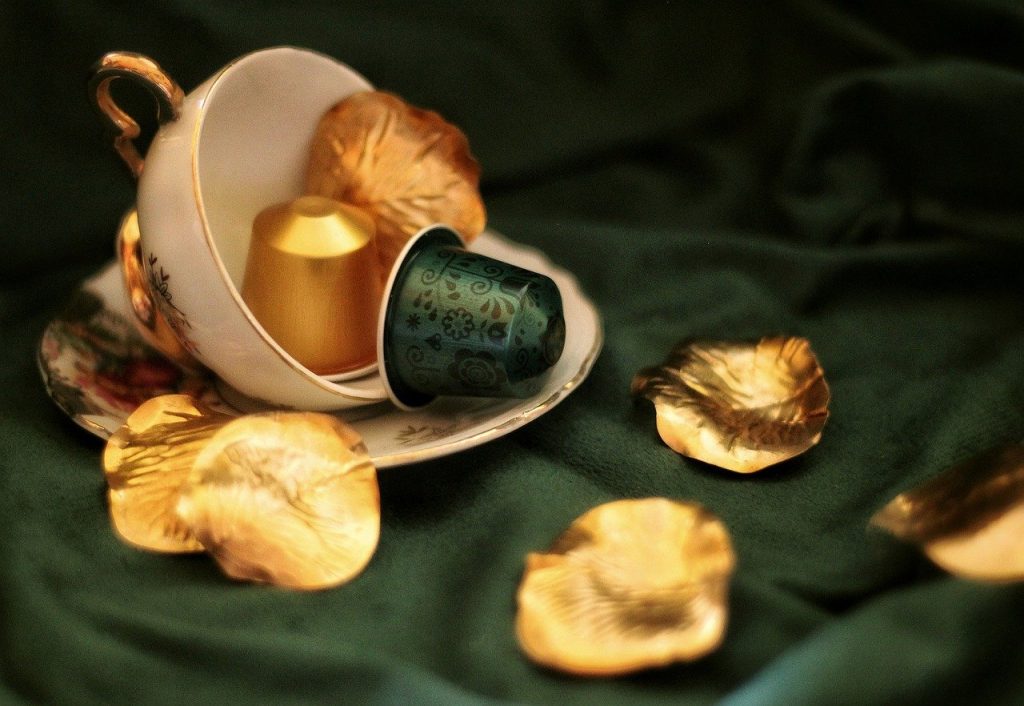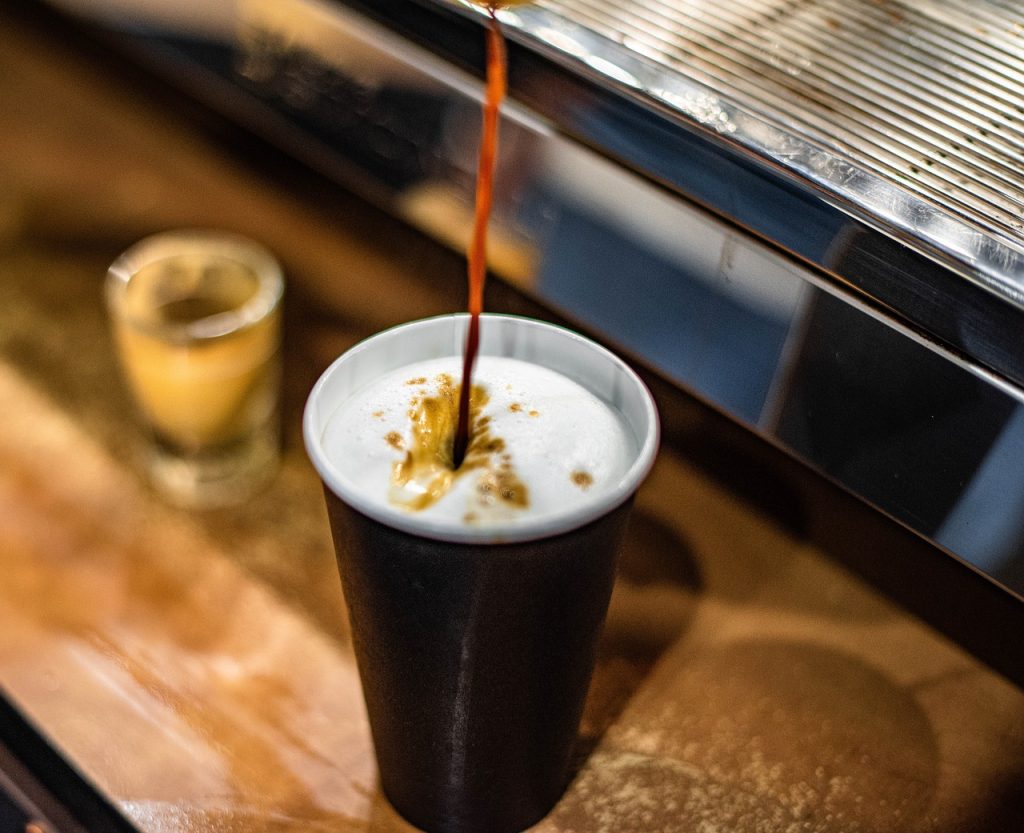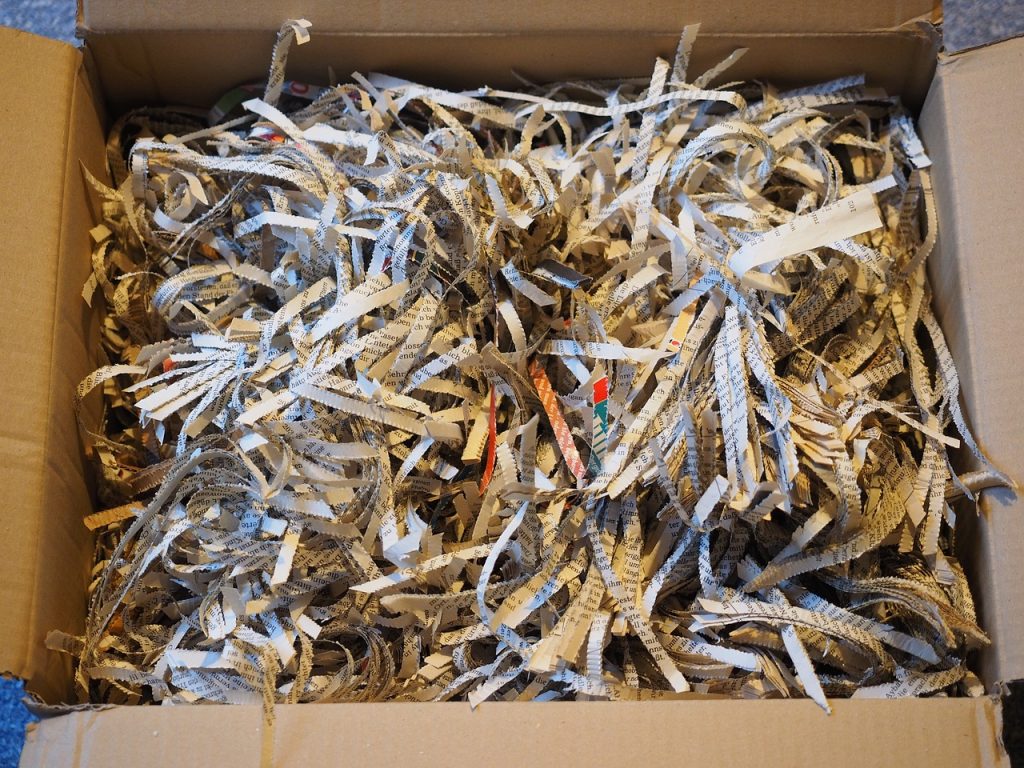- Turn off your Keurig coffee machine and let the K-cup cool down.
- Remove the foil top and empty the coffee grounds. The grounds can go straight into the compost or your garden.
- Once the K-cups are empty, they’re ready to go to your local recycling center.
- Consider reusing the K-cups as plant starter pots or other creative DIY projects.
- If you’re a regular single-serve coffee drinker, consider switching to reusable pods.
- Encourage your delivery company to take back the used pods for recycling.
- Invest in infrastructure for better recycling of plastic coffee pods.
- Understand the impact of not recycling Keurig’s recyclable products.
- Maximize the benefit of compostable K-cups by separating the pod parts for composting or recycling.
Smart Recycling Steps for Keurig’s Recyclable Coffee Capsules
It’s becoming increasingly important to consider how we use and dispose of single-serving coffee products. If you’re a fan of the convenient Keurig K coffee pods, you might be wondering, “are K-cups recyclable?” The answer is yes, but they need to be properly prepared for recycling. There’s more to recycle K-cups than just tossing them into the recycling bin. It requires a few extra steps but think about the positive impact it’ll have on our environment. We would like to offer some smart recycling steps for Keurig’s recyclable coffee capsules.
After you’ve turned off your Keurig coffee machine, let the K-cup cool down. Then you need to remove the foil top and empty the coffee grounds. The grounds can go straight into the compost or your garden because they’re great for plants! Romero suggested using a knife or a similar tool to help empty the k-cups.
Once the k-cups are empty, they’re ready to go to your local recycling center. If you’re unsure about where to take them, a quick internet search or call to your city’s waste management office can point you in the right direction. Another idea that’s gaining traction is reusing the k-cups. Romero suggested cleaning them out and reusing them as plant starter pots or other creative DIY projects.
If you’re a dedicated single-serve coffee drinker and regularly use a brewing system like the OfficePro Brewing, consider switching to reusable pods. These can be filled with your coffee of choice and can be used several times over, decreasing the number of disposable coffee products you use. Here’s a final tip; why not encourage your delivery company to take back the used pods for recycling. It’s time we all take steps towards smarter recycling for a better and more sustainable future.
Investing in Infrastructure for Better Recycling of Plastic Coffee Pods
It’s important that we’re proactive about recycling. Specifically, coffee recycling has gained a significant amount of attention due to the rise in popularity of coffee pods, particularly those produced by Keurig. These useful coffee-making components, sadly, contribute significantly to plastic waste, hence a serious investment in infrastructure for their recycling is pertinent.
Keurig, in its bid to partake in the environmental sustainability effort has designed a recyclable version of its coffee-making capsules – K cups. These recyclable K cups, however, require a specific process for efficient recycling. An investment in innovative recycling infrastructure is vital to streamline the process, ensuring that more of these single-serve coffee capsules are sustainably recycled.
To maximize recycling rates and minimize the environmental footprint caused by coffee pods, facilities capable of handling specialized recycling processes for these products are necessary. The infrastructure for recyclable coffee pod recycling should be equipped to separate the plastic pod, coffee grounds, and the foil top, which are components of the recyclable K cups.
More recycling facilities equipped to handle these Keurig recyclable coffee capsules also need to be established nationwide. This will make it easier for consumers to participate in the coffee recycling initiative, further encouraging the use of recyclable products.
Investing in infrastructure for better recycling of plastic coffee pods, like the recyclable K cups, is therefore a crucial step towards environmental sustainability. With the popularity of brewing coffee from Keurig coffee pods unlikely to wane soon, a sustainable solution is imperative. Both companies like Keurig and consumers have a role to play. While Keurig continues to innovate on more recyclable products, consumers have to be committed to the process of recycling.
So remember, every morning as you brew your coffee, consider the bigger picture. Your coffee recycling efforts can go a long way in reducing plastic waste. So, if you’re a Keurig user, make sure your coffee recycling game is on point!
- Turn off your Keurig coffee machine and let the K-cup cool down.
- Remove the foil top and empty the coffee grounds. The grounds can go straight into the compost or your garden.
- Once the K-cups are empty, they’re ready to go to your local recycling center.
- Consider reusing the K-cups as plant starter pots or other creative DIY projects.
- If you’re a regular single-serve coffee drinker, consider switching to reusable pods.
- Encourage your delivery company to take back the used pods for recycling.
- Invest in infrastructure for better recycling of plastic coffee pods.
- Understand the impact of not recycling Keurig’s recyclable products.
- Maximize the benefit of compostable K-cups by separating the pod parts for composting or recycling.
Why Recycle Reusable Pods: Understanding the Impact of Recyclable Keurig K-Cups
Keurig coffee lovers, it’s high time we comprehend the impact of not recycling Keurig’s recyclable products, especially their K-Cups. As coffee drinkers, we use these pods day in, day out. Consider this: If each Keurig owner used one pod per day, the plastic waste produced would overflow the planet in no time. That’s a lot of plastic for us to responsibly dispose of.
It’s not a surprise that plastic is incredibly tough to break down, and therefore, we can’t help but wonder how we can recycle, recycle, and recycle some more to reduce our carbon footprint. Sure, few of us might have tried to recycle these plastic pods before but hit a roadblock. Perhaps you’ve found that not many recycling facilities accept these plastic coffee cups and pods? There’s a reason for that. The small size of K-Cups makes them challenging to sort out in recycling streams. But here’s the silver lining: Keurig is aware of this challenge and has made its recyclable K-Cups much simpler to recycle.
Keurig’s K-Cups are marked as ‘recyclable’ on Amazon and other retail platforms, but how do you recycle these pods properly? The recycling process is actually quite straightforward. Once you’ve enjoyed your cup of joe, let the pod cool down. After that, peel off the lid, dispose of the used coffee grounds, and rinse out the cup. The cleaned plastic pod is now ready to be recycled with other plastic recyclables. By recycling a used pod, you’re effectively making it a recycled pod, ready for a new journey, and reducing unnecessary plastic waste. So, what are we waiting for? Let’s make recycling Keurig K-cups a part of our day today.
Maximizing the Benefit of Compostable K-Cups: From Coffee to Garden
Living a smart, waste-free lifestyle requires making informed shopping decisions. Brands like Keurig make this easy, offering recyclable products like compostable K-Cups to single-serve coffee lovers. However, recycling these coffee pods requires more than just tossing them into your recycle bin. To really make a difference, it’s essential to understand how you can maximize the benefit of these products.
Each capsule contains a filter and ground coffee beans – both compostable materials. The plastic pod, made of polypropylene, is recyclable, although it’s the part that causes the most difficulty in the recycling process. However, don’t make the mistake of tossing the entire pod as waste –- with a few simple steps you could reduce your single-use plastic waste significantly.
Beginners can start recycling by simply separating the pod parts. Remove the filter with the coffee grounds and add them to your compost heap – their nutrients make for fantastic garden fertilizer. The remaining polypropylene capsule can be discarded in your recycling bin, depending on local service policies.
However, smart recycling isn’t just about separating components. To ensure your pods are recyclable, shopping for the right kind is essential. Keurig offers various recyclable products including fully compostable pods, so be smart and opt for these instead of regular ones which can contain harder-to-recycle materials. Brands are launching compostable and recyclable pods including tea capsules too, expanding your environmentally friendly beverage options.
Maximizing the benefit of compostable K-Cups is all about making thoughtful decisions. By choosing compostable or recyclable pods, separating components for composting or recycling, and even growing your garden with composted coffee grounds, you’re making a marked difference. It’s about making small changes that waste less and benefit our earth more.




